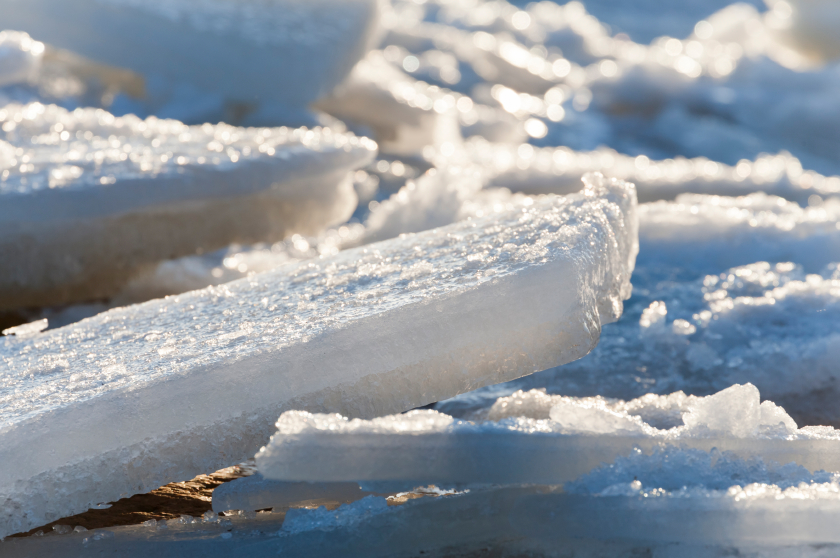March’s Arctic ice extent was lowest on record for the month

Following a record-low winter maximum hit in late February, Arctic sea ice extent in March was the lowest for that month since satellite records began nearly four decades ago, according to a release from the National Snow and Ice Data Center on Tuesday.
For the month of March, average ice extent was 14.39 million square kilometers (5.56 million square miles), about 7.3 percent below the 1981-2010 average for March, the Boulder-based center reported.
March is usually the month of maximum sea ice, but this year the maximum was hit on Feb. 25, 15 days earlier than the 1981-2010 average. Ice extent — defined as the areas with at least 15 percent sea ice cover — reached its record-low annual maximum that day at 14.54 million square kilometers (5.61 million square miles), about 7 percent below the 1981-2010 average.
Though the annual melt season started in late February, there was a temporary reversal in mid-March, with some late freeze-up in the Bering Sea, in Davis Strait between Nunavut and Greenland and around the Canadian region of Labrador, the National Snow and Ice Data Center said.
But the Arctic ice pack resumed its decline late in the month, the center’s satellite data showed. Whatever ice existed in the Bering Sea in early April was unusually broken for this time of year, according to the Sea Ice for Walrus Outlook, which is part of the Alaska Ice Program of the Arctic Research Consortium of the United States.
Warm conditions in the Bering Sea and in Russia’s Sea of Okhotsk were major factors in the record-low winter ice maximum, the National Snow and Ice Data Center said.
Arctic sea ice extent has been diminishing since satellite records began in 1979, but the most dramatic changes have been in the melt season, not in the period of maximum winter coverage. The open-water season is growing, but mostly because of extended melt in summer and autumn, according to research by NSIDC scientist Julienne Stroeve. A study led by Stroeve that was published last year in Geophysical Research Letters found that the Arctic-wide melt season has grown by five days per decade, mostly because of later freeze-up in the Kara, Laptev, East Siberian, Chukchi and Beaufort seas.
Related stories from around the North:
Canada: Report warns more Arctic shipping will increase warming, affect health, Radio Canada International
Iceland: Acid Arctic Ocean and Russell Brand?, by Deutsche Welle’s Iceblogger
Norway: Emissions speeding up Arctic Ocean acidification, Alaska Dispatch
Russia: Arctic methane: time bomb or “boogeyman”?, Analysis from Deutsche Welle’s Iceblogger
Sweden: Business and environmentalists unite in Sweden, Radio Sweden
United States: NASA findings show no excessive methane emissions from Alaska, Alaska Dispatch News



